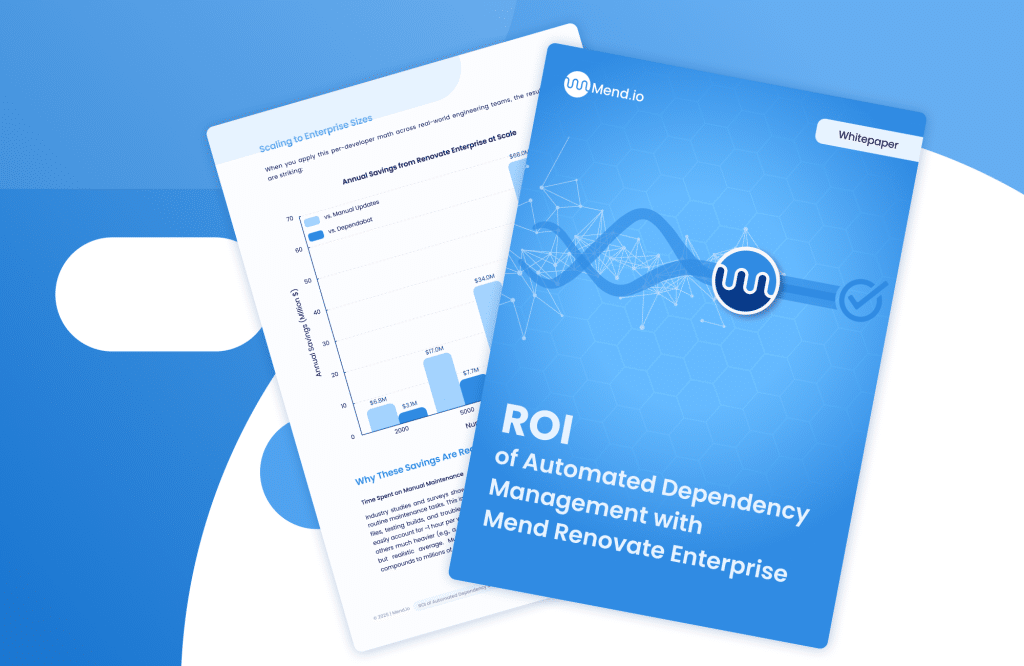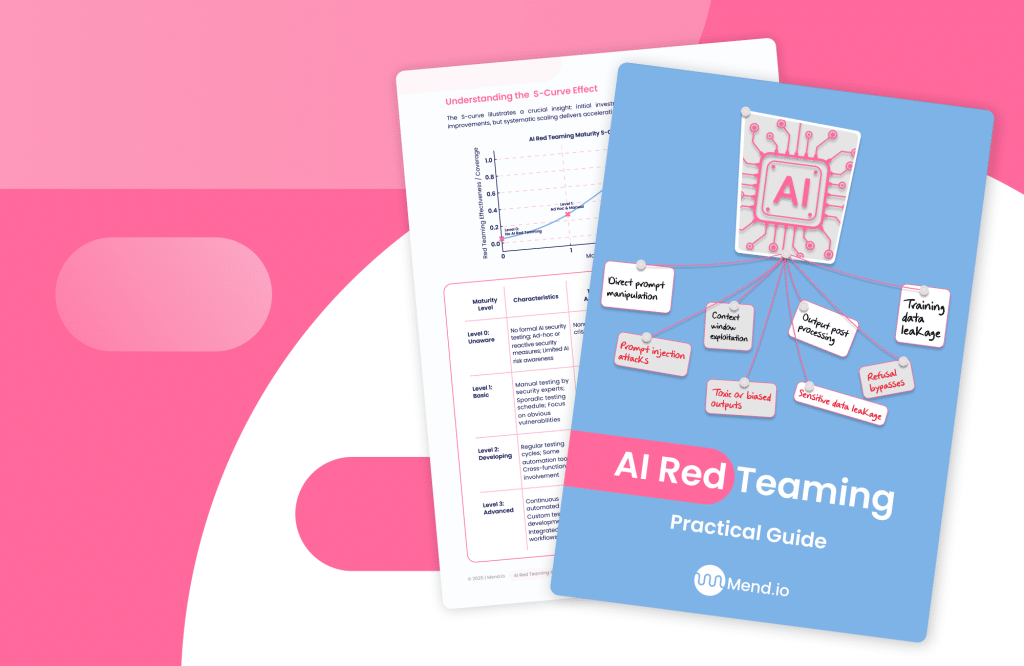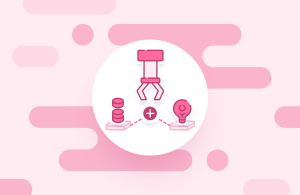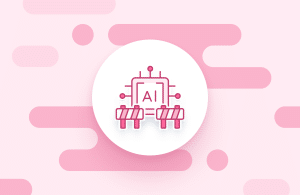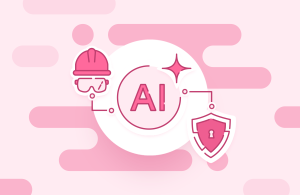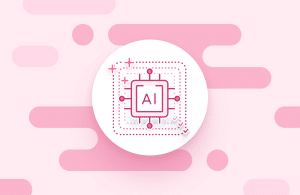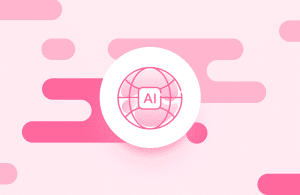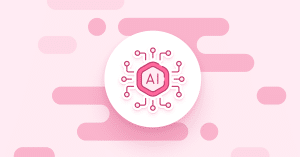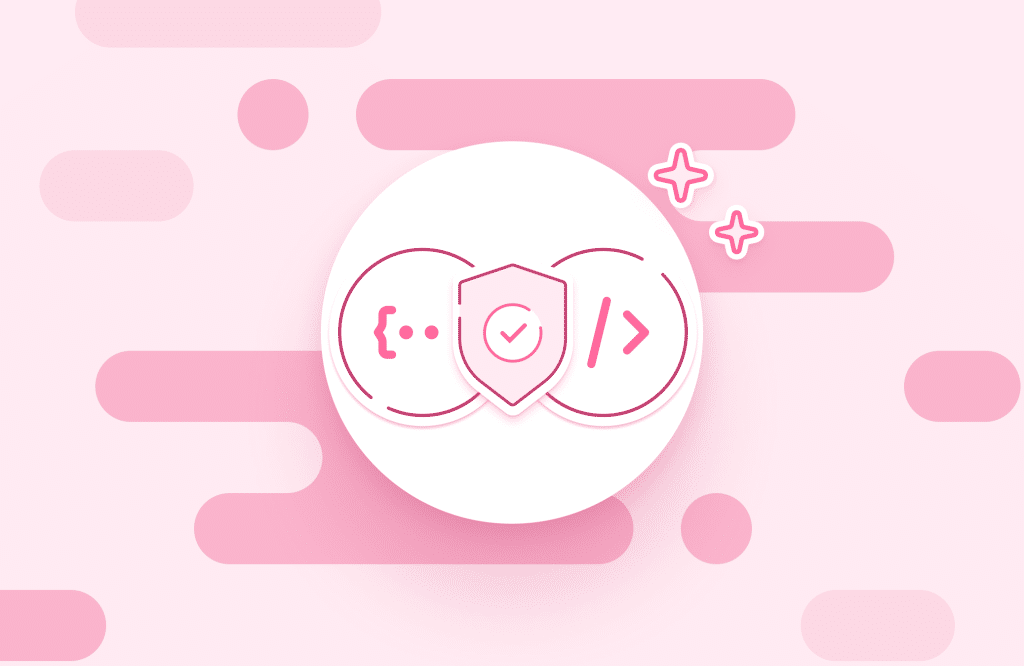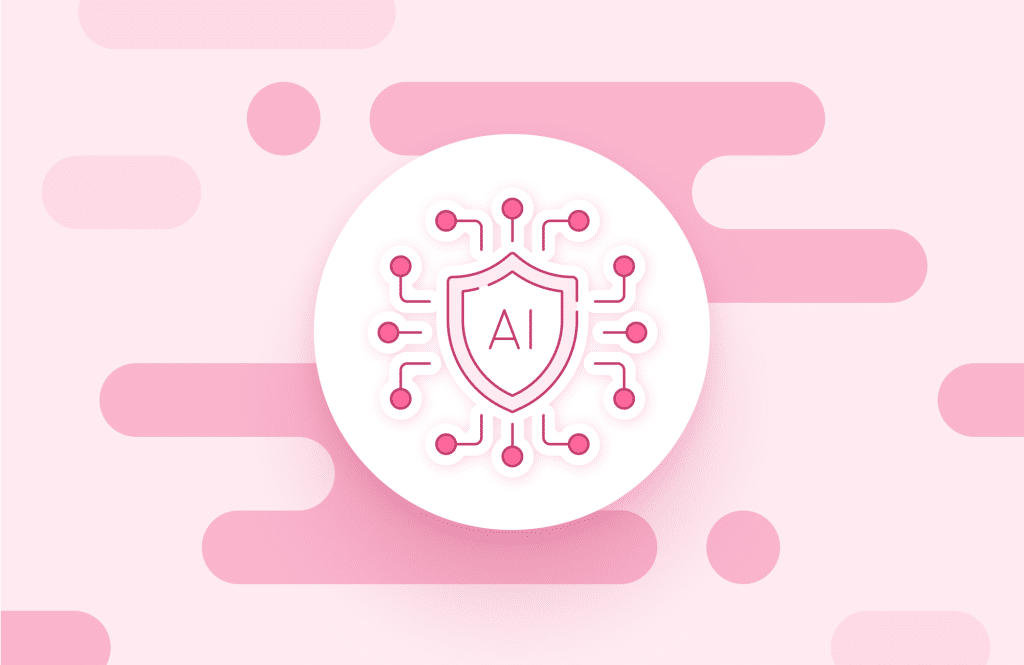Table of contents
AI Code Review in 2025: Technologies, Challenges & Best Practices

What is AI code review?
AI code review leverages artificial intelligence models and machine learning techniques to analyze and provide feedback on source code, automating and improving the traditional code review process. It is crucial for software development workflows, offering significant advantages to developers and teams.
AI code review can scan for bugs, style violations, security vulnerabilities, and other issues. The goal is to automate repetitive checks and offer unbiased, consistent feedback on code quality while reducing the burden on human reviewers.
AI code review systems are not limited to syntax and style analysis. Many use language models trained on enormous codebases to understand idiomatic patterns, spot subtle bugs, and suggest refactorings that align with best practices.
While they can process code rapidly and at scale, their recommendations typically complement, rather than replace, the insights provided by experienced engineers. This balance between automation and oversight is becoming increasingly important as organizations address new challenges in generative AI security. This is part of a series of articles about AI security
Core technologies behind AI code review
AI code review systems rely on several technologies that work together to analyze, interpret, and evaluate source code with minimal human input:
- Static code analysis: Static code analysis examines source code without executing it. This method helps detect syntax errors, security vulnerabilities, and code smells early in the development lifecycle. It can quickly scan large codebases, identifying patterns or anomalies based on predefined rules and historical data. These scans form the initial layer of inspection, enabling AI to propose optimizations and detect common issues before runtime.
- Dynamic code analysis: Dynamic analysis runs the application to observe behavior in real time. It’s effective at uncovering issues that only appear during execution, such as memory leaks, runtime exceptions, or security flaws. Often referred to as dynamic application security testing (DAST), this approach simulates real usage conditions, helping AI tools recognize performance bottlenecks and logic flaws that static checks might miss.
- Rule-based systems: Rule-based systems apply consistent logic and guidelines to evaluate code quality. These systems rely on a library of predefined rules aligned with best practices, organizational policies, or style conventions. Linters and similar tools exemplify this approach, flagging syntax errors and enforcing coding standards. Rule-based systems establish a baseline for AI analysis, ensuring consistency and helping AI model outputs remain grounded in known standards.
- Natural language processing and large language models: NLP techniques and large language models (LLMs) improve the review process by interpreting code contextually. Trained on vast datasets, LLMs like GPT-4 or Claude 4 can understand logic flows, detect non-obvious bugs, and offer human-like suggestions — often relying on retrieval-augmented generation (RAG) techniques, which also introduce unique RAG security considerations. These models excel at understanding intent and idiomatic usage, enabling more intelligent recommendations.
Key benefits of AI code review
Improving code quality and consistency
AI code review tools enforce consistent standards by systematically checking for style violations, security faults, and outdated patterns. They reference codified best practices to flag code that deviates from organizational or industry guidelines. Unlike manual reviewers, AI assessment is not prone to fatigue or bias, ensuring uniform enforcement regardless of project size or team composition.
These systems can also proactively identify common code smells and suggest refactorings to improve maintainability. Automated suggestions accelerate code improvement cycles, helping teams maintain a high quality bar without sacrificing speed. When paired with human oversight, AI-driven reviews catch routine errors early and leave complex decisions to developers.
Enhancing developer productivity
AI accelerates the code review process by quickly highlighting issues and recommending actionable fixes, which allows developers to focus on more complex problem-solving tasks. Automated scans reduce the time spent on repetitive, mechanical checks, freeing up human reviewers to concentrate on design considerations and edge cases that machines may miss.
Additionally, AI tools reduce code review bottlenecks in large teams or distributed environments by working asynchronously and at scale, a capability reflected in recent generative AI statistics showing how widespread these tools have become across modern development workflows. They enable continuous feedback loops, minimizing context switches and delays that occur when waiting for human input.
Accelerating bug detection and resolution
AI-powered code review tools catch errors and potential vulnerabilities during early development stages by scanning code as it is written or committed. This immediate feedback allows developers to address mistakes before code merges, reducing the likelihood of bugs reaching production. By referencing extensive datasets and known exploit patterns, AI systems can detect subtle issues that are often missed in manual reviews.
Rapid detection shortens the feedback loop, decreasing the time needed to identify, diagnose, and fix defects. This continuous surveillance increases software reliability and lowers the mean time to resolution (MTTR) for code issues.
Supporting developer learning and skill growth
AI code review platforms provide targeted, explainable feedback that helps developers understand not only what is wrong with their code, but why. Recommendations are often accompanied by references to documentation, examples, or links to further learning resources. This contextual feedback helps less experienced developers internalize best practices.
In team settings, AI code review systems can standardize the onboarding process by ensuring that new contributors learn the project’s coding conventions from the outset. The automated nature of the feedback also promotes a learning-oriented environment where developers steadily improve their craft without blame or criticism.
Notable AI code review tools
Several AI-powered tools have emerged to streamline and enhance code review processes. Each has a specific focus, ranging from code quality enforcement to security analysis and conversational review. Below is an overview of key platforms in this space:
- Mend: Mend uses AI to identify and remediate security issues in both proprietary and open source code. It automates the detection of vulnerabilities and license compliance risks across the software supply chain. Mend’s integration into CI/CD pipelines allows real-time scanning and policy enforcement during development, helping teams prevent insecure code from being released.
- SonarQube: SonarQube performs static analysis to detect bugs, vulnerabilities, and code smells across multiple languages. It integrates with IDEs and CI/CD pipelines to deliver immediate feedback, enforce quality gates, and ensure compliance with standards like OWASP Top 10 and PCI DSS.
- CodeRabbit: CodeRabbit provides line-by-line AI-powered reviews in pull requests and IDEs. It uses configurable logic, static analysis, and feedback loops to tailor reviews. Features include code change summaries, a built-in chat agent, and integration with GitHub, GitLab, and Azure DevOps.
- CodeScene: CodeScene uses behavioral data and historical trends to assess code health and detect technical debt. It sets context-aware quality gates, monitors trends, and supports custom review strategies to maintain long-term maintainability and team-specific quality goals.
- DeepCode (by Snyk): DeepCode combines symbolic and generative AI to detect and autofix security vulnerabilities. Its security models are trained on verified fixes and curated datasets. The tool supports risk-based prioritization and integrates with Snyk’s broader platform for secure development.
- Qodana: Qodana extends JetBrains’ inspection engine to CI pipelines, providing consistent static analysis across development and build environments. It supports over 2,500 inspections, suggests automated fixes, and detects licensing issues and vulnerable dependencies.
- Codacy: Codacy offers an end-to-end DevSecOps platform that integrates with IDEs and AI agents. It performs automated pull request checks, enforces centralized policies, and adds AI-specific guardrails to detect risks introduced by machine-generated code.
- GitHub Copilot: GitHub Copilot supports code review through its agent mode, offering context-aware suggestions, issue handling, and test automation. As the ecosystem grows, understanding the role of different AI security tools becomes essential for evaluating how each contributes to secure development workflows. It analyzes changes across files, highlights potential side effects, and helps maintain consistency throughout the codebase.
Limitations and challenges of AI code review
While AI code review is enormously beneficial, it also presents several challenges for development teams.
Contextual misinterpretation risks
AI code review tools analyze code based on patterns learned from large datasets, but they can struggle with custom logic, business-specific requirements, or domain-specific idioms. Without full context, these systems sometimes misinterpret intent and flag valid code as problematic, an issue that mirrors the risks seen in MCP security, where unauthorized AI connections can expose sensitive systems without proper context awareness. For example, an algorithm optimizing for performance in a particular application may look unusual to an AI code review tool but be entirely correct for that scenario.
Such misinterpretations can lead to unnecessary rework or misdirected feedback, eroding developer trust in the tool. As codebases grow more complex, reliance on AI alone can introduce friction unless human reviewers remain in the loop to provide understanding of business logic and exceptions that lie outside generalized programming heuristics.
False positives and negatives
AI code review tools are prone to both false positives—incorrectly flagging valid code as problematic—and false negatives—failing to identify genuine issues. These errors stem from models that are not fully attuned to a project’s unique context, updates in language features, or emerging security threats.
High rates of false positives can overwhelm developers, causing important warnings to be ignored. Conversely, false negatives mean real defects can slip through undetected, undermining the reliability of automated code review systems.
Overreliance on AI
Depending too heavily on AI for code review can create organizational blind spots. Developers may accept suggestions without critical evaluation, leading to propagation of suboptimal practices or superficial fixes. The lack of deeper scrutiny can reduce codebase quality in the long term, especially when nuanced architectural decisions or business logic are involved. Implementing robust AI security solutions helps ensure that automated systems augment rather than erode software integrity.
Best practices for successful AI code reviews
Here are some of the ways that development teams can ensure the most effective use of AI for code reviews.
1. Treat AI-generated code as a draft
AI-generated suggestions and code changes should always be reviewed critically. Treating AI output as a starting point allows developers to apply domain expertise and verify that proposed modifications align with system requirements and standards. While AI can automate routine fixes and optimizations, it lacks the situational awareness needed for context-driven decisions that affect application integrity.
A disciplined approach requires that all code changes, regardless of origin, pass through human review before merging. Teams should establish clear workflows that combine automated checks with manual oversight, promoting accountability and reducing the risk of introducing subtle errors.
2. Combine human expertise and AI insights
Effective code review blends the speed and consistency of AI with the judgment and creativity of human engineers. Developers should use AI feedback to augment their analysis, leveraging its strengths in pattern recognition and exhaustive checking, while providing nuanced evaluation of architectural and business logic concerns. Collaborative review processes maximize the value of both perspectives.
Regular communication within teams ensures that AI-driven remarks are contextualized and appropriately acted on. Over time, this combined approach helps organizations identify areas where AI can take on additional checks and where manual expertise remains indispensable, leading to continuous process improvement.
3. Embed AI checks into CI/CD
Integrating AI code review directly into CI/CD (continuous integration/continuous deployment) pipelines automates code quality enforcement as part of every commit and merge. This approach ensures that code is scanned for issues before it is deployed, minimizing manual oversight and reducing the risk of regressions slipping into production. By detecting issues early, teams can maintain high code quality standards without slowing down releases.
Automated feedback loops add efficiency, enabling faster remediation of issues and less context switching for developers. Embedding AI checks into CI/CD also helps organizations demonstrate compliance with industry standards and internal policies, providing audit trails for code reviews and quality checks across the software development lifecycle.
4. Ensuring transparent and constructive feedback
For AI-powered code review to be effective, its feedback must be clear, explainable, and actionable, supported by well-defined AI guardrails that ensure model behavior remains compliant and predictable. Developers benefit most when the rationale for each suggestion is transparent, with references to relevant guidelines or examples where appropriate. Systems that provide opaque or overly generic comments risk frustrating users and diminishing the credibility of automated review.
Constructive feedback also fosters collaboration and learning. AI review systems should prioritize positive reinforcement, highlighting not just errors but examples of high-quality code. This approach amplifies trust in the tool and encourages adoption, while helping developers continually refine their skills.
5. Regular training and knowledge sharing among teams
Continuous training for both developers and AI models is crucial to keep up with changing technologies and team practices. Teams should periodically review AI code review outcomes, discuss model accuracy, and adjust configurations or guidelines as project requirements evolve. Engaging in regular calibration sessions allows for swift detection and correction of systemic issues or drift in review standards.
Knowledge sharing also strengthens AI-assisted processes. By documenting review patterns, codifying best practices, and capturing recurring project-specific exceptions, organizations help both human reviewers and AI evolve. Investing in community learning ensures that codebases remain robust and that both humans and AI contribute optimally to review quality.
Security code review for software projects with Mend.io
Mend SAST helps organizations secure their applications by scanning both human-written and AI-generated code with precision, an essential step alongside AI model security to ensure the models themselves aren’t introducing hidden vulnerabilities. Powered by the next-generation engine, Mend SAST detects vulnerabilities across modern languages and frameworks, integrates seamlessly at multiple points in the SDLC, from the IDE and PR reviews to CI/CD pipelines, ensuring security is built in at every stage. By pairing scanning with AI-powered remediation, Mend SAST gives developers confidence in the code they ship.
